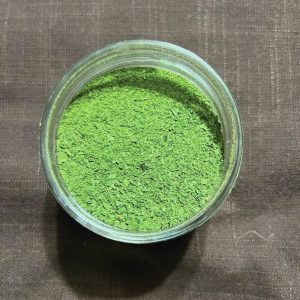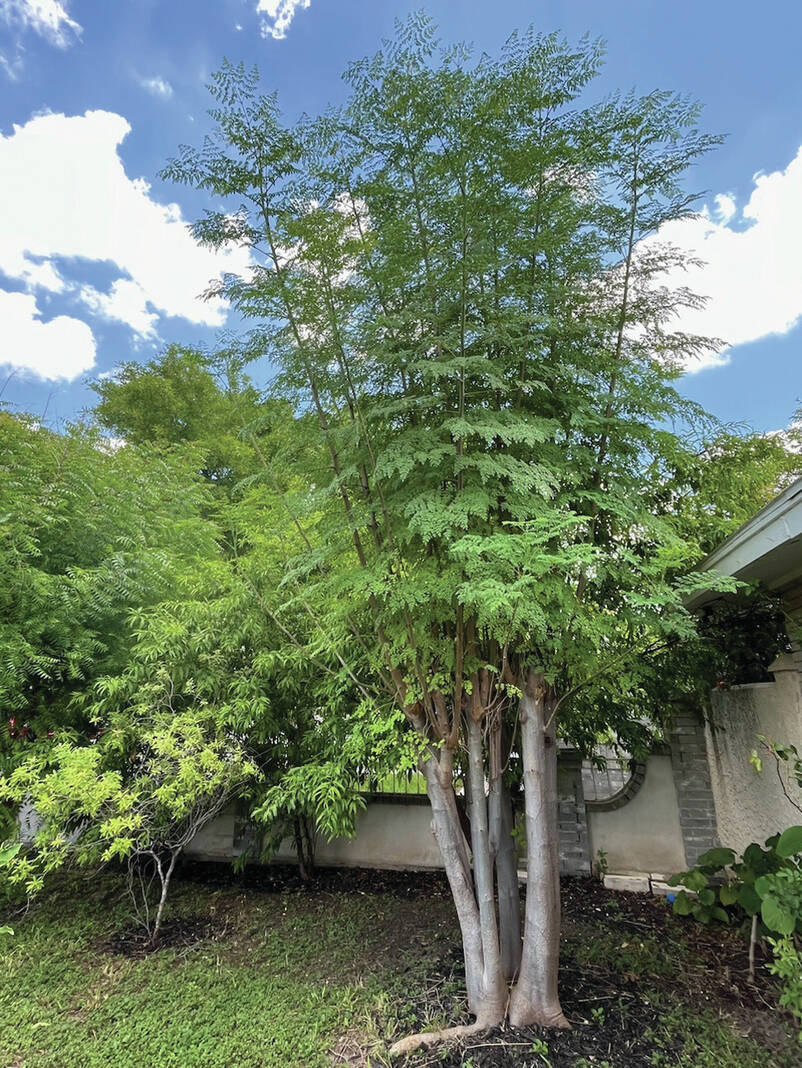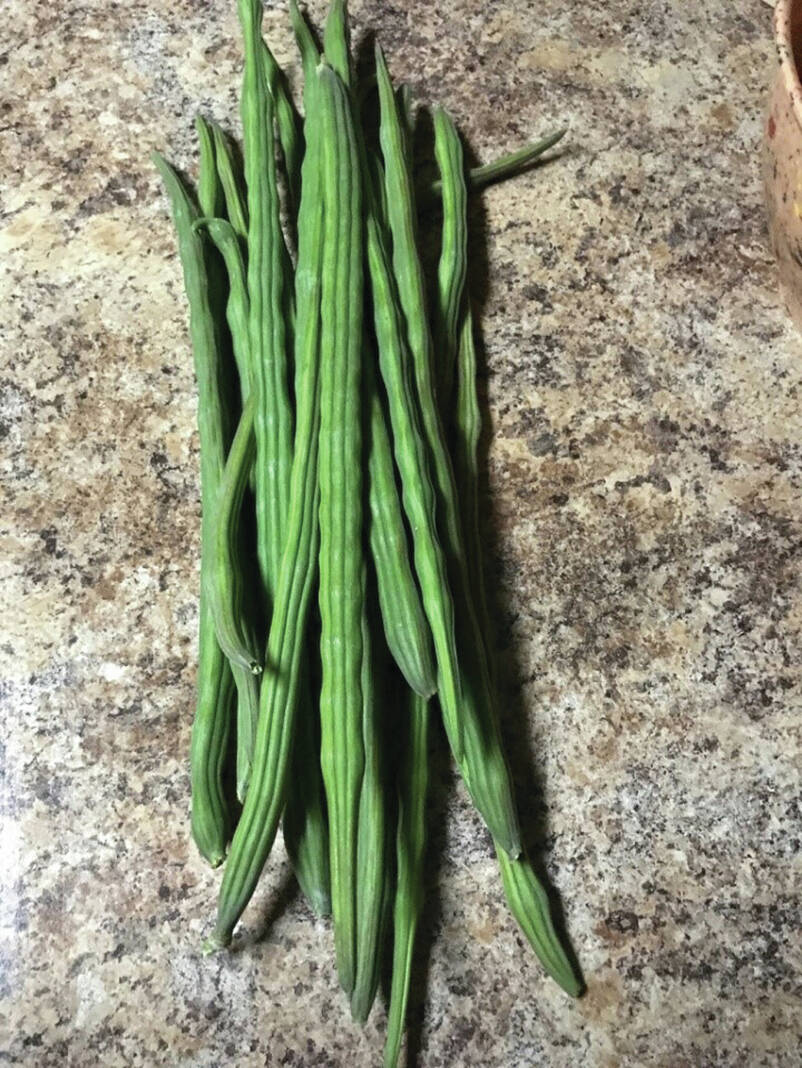|
Only have a minute? Listen instead
Getting your Trinity Audio player ready...
|

Moringa oleifera, known as the “Tree of Life” in the Bible and, today, often referred to as the Miracle Tree or a Super Food, has been utilized to improve health by civilizations in tropical and subtropical growing areas around the world for many thousands of years.
It thrives in growing Zones 9 to 11. All parts of this fast-growing tree can be used in some way to either prevent disease, enhance health, or relieve hunger.
Scientists in the United States are currently investigating its antioxidant and anti-inflammatory properties, as well as the possibility of Moringa being used to normalize blood pressure, lower blood sugar, and play a role in prevention and treatment of some cancers. Culturally, more than 300 different medicinal uses have been recorded, which complicates research. Today, only a few human studies have been done on this plant, but it does show great promise in human and animal health, along with several possible uses in agriculture and in the cosmetic industry.

We do know that Moringa is very high in vitamins A and C, as well as B6 and Riboflavin (B2), along with the minerals iron and magnesium. The dried and powdered Moringa leaves are 27% protein by dry weight and it has all the essential amino acids, making this plant a prime candidate to support nutritional needs. It is in the same plant order as broccoli and has a flavor similar to young arugula.

Moringa grows well in our heat, but it is sensitive to cold and will drop its leaves when temperatures go below 40 degrees F. Protection of young trees during cold weather is necessary. It grows quickly and is drought tolerant, once it is established. Creamy colored clusters of flowers are followed by green seed pods. The pods, which are very high in vitamin C, may be utilized for soups, as well as seeds. To increase leaf production, grow the plant as a shrub.
The leaves can be used in many ways. Fresh leaves can be added to soups, drinks, salads, Pico de Gallo, beans, and to quesadillas. Leaves can also be used fresh or dried to brew tea.
More research is underway to better understand all of the benefits of Moringa and to determine exact dosages for each benefit.
On Saturday, the Farmers Market at Firemen’s Park in McAllen will have locally grown fresh Moringa leaves, pods, and dried leaves to utilize in tea. They will also have young trees for those who would like to grow their own trees. This market is located under the pavilion in Firemen’s Park at 201 N. 1st St. just off Business 83. This is a year-round market, and their summer hours are 8:30 until 11:30 a.m. every Saturday.
Barbara Storz is a local horticulturist who writes about plants that grow well in South Texas. You can follow her on Facebook.



